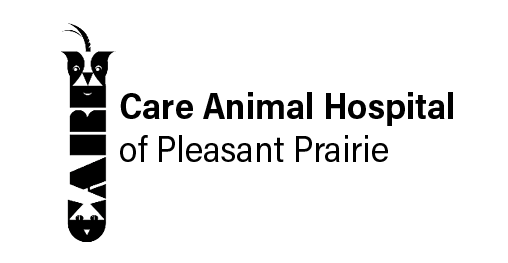Library
-
Phenoxybenzamine is given by mouth and is used off label to treat urination difficulty related to sphincter tone, high blood pressure related to pheochromocytoma, and laminitis in horses. Phenoxybenzamine should be given as directed by your veterinarian. Common side effects include nausea, vomiting, diarrhea, small pupils, increased heart rate, and nasal congestion/stuffy nose. Do not use in pets that are allergic to it, in pets that cannot handle low blood pressure, or in horses with colic. If a negative reaction occurs, please call your veterinary office.
-
Phenylpropanolamine is given by mouth and is used on and off label to treat urinary incontinence. Give as directed by your veterinarian. The most common side effects include vomiting, diarrhea, lack of appetite, increased thirst, restlessness, irritability, and difficulty urinating. Do not use in pets that are allergic to it or are pregnant. If a negative reaction occurs, please call your veterinary office.
-
Pheromones (brand names Feliway®, Comfort Zone®, Adaptil®, others) are natural or synthetic substances that mimic scents released by animals to communicate. Pheromones are used in cats and dogs as behavior modifiers for a variety of conditions, including urine spraying and marking, inter-cat aggression, stressful events, phobias, and separation anxiety, among other conditions. Pheromones comes in collar, diffuser, and spray forms.
-
Phytonadione (brand names: Mephyton®, Phytomenadione®, Aqua-Mephyton®, K-Caps®, Konakion®, Hemophyt®) is given by mouth and is used on and off label to treat vitamin K1 deficiencies in a variety of animal species, usually due to toxicities. Give as directed by your veterinarian. Side effects are uncommon. Do not use in pets that are allergic to it unless the benefits outweigh the risks. If a negative reaction occurs, please call your veterinary office.
-
Phytosphingosine topical (brand names Douxo®, SkinGuard®) is an anti-inflammatory agent, with antibacterial and antifungal properties. It is used in cats and dogs to help relieve itching in certain skin conditions and help restore the skin barrier. Phytosphingosine topical may be part of a combination product.
-
Pilocarpine is used off-label and given by mouth in food to treat neurogenic keratoconjunctivitis sicca, and used topically in the eye to diagnose cranial nerve III problems. Common side effects include irritation of the eye, and more severe side effects include vomiting, diarrhea, increased salivation and urination, and coughing. Do not use in pets that are allergic to it or that have secondary glaucoma.
-
Pimobendan is a medication given by mouth as a tablet or liquid, used to treat congestive heart failure in dogs. Its use in cats is off label. The most common side effects include decreased appetite and diarrhea.
-
Pituitary macroadenomas are large tumors of the pituitary gland that are either functional (secrete hormones) or non-functional (do not secrete hormones). The clinical signs depend on the type of macroadenoma, though become severe over time in either case. Diagnosis requires specialized CT or MRI imaging. This handout explains the effects of macroadenomas in cats and the treatment options available.
-
Clinical signs of pituitary tumors depend on whether the tumor is functional or non-functional. Functional tumors can cause Cushing's disease in dogs and can cause acromegaly and insulin-resistant diabetes in cats. Non-functional pituitary tumors can enlarge to cause neurological signs. Diagnosis is based on the history, bloodwork, urinalysis, and sometimes a CT scan or MRI. Medical therapy is often the treatment of choice for functional tumors. Radiation therapy is another option and is usually the primary treatment for non-functional tumors.
-
Bouquets and plants make wonderful gifts and decorations for our homes. However, many plant species can be hazardous to your cat's health. Be aware of the plants and flowers you are bringing into your home to prevent accidental poisonings. This handout outlines several common toxic plants.


